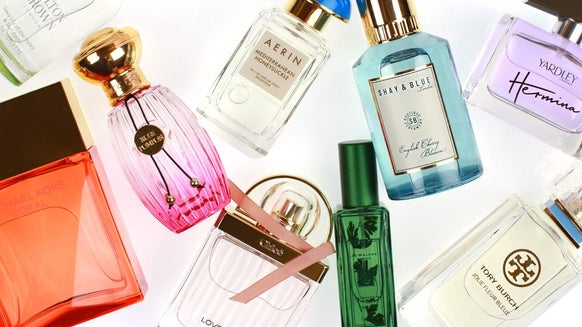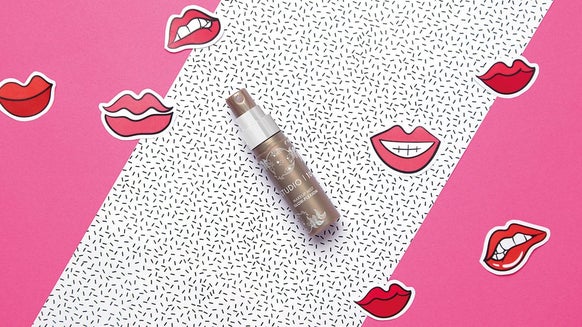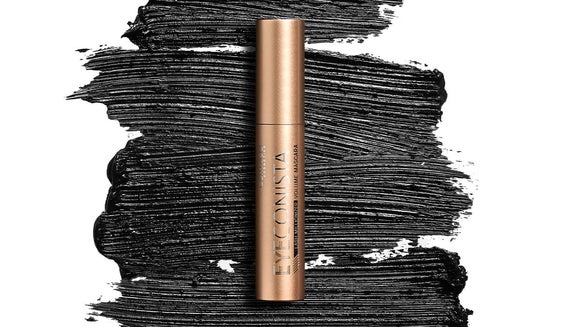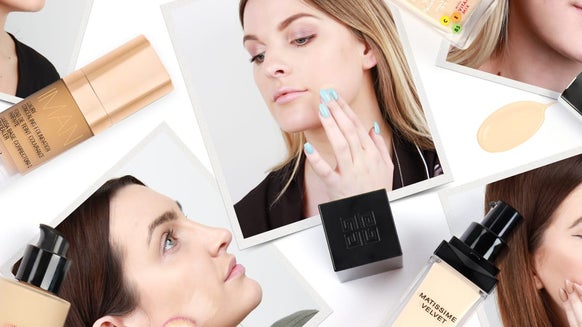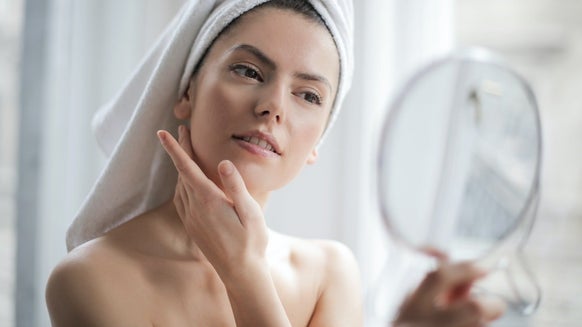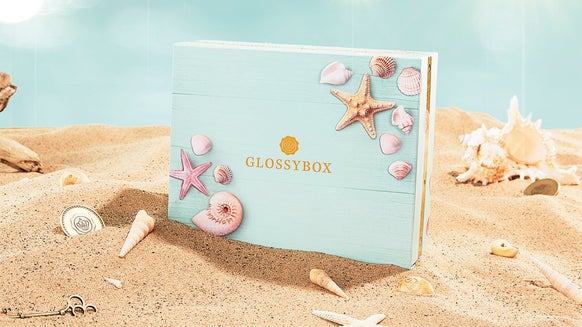What Is Milia And How Do I Treat Them?
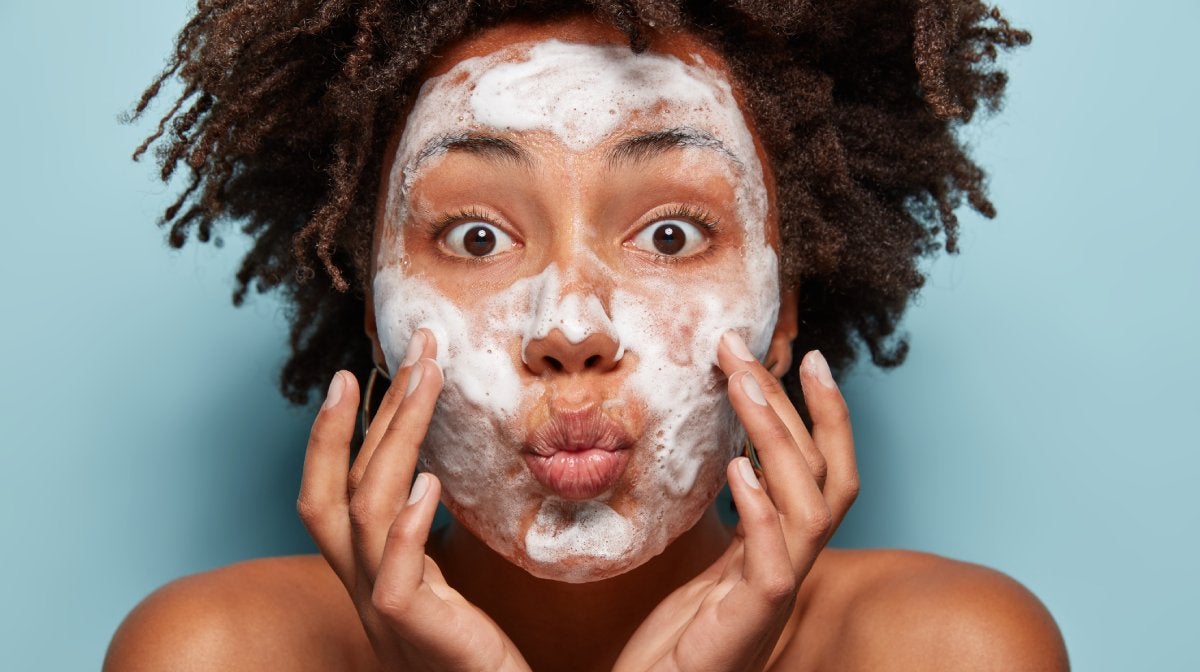
It may sound like some kind of exotic flowering plant but the reality of milia is far less fancy. We’ve almost all been there. You see a tiny white spot on your cheek or under your eye, and debate squeezing it to within an inch of its life, only to realise - no matter what you do - it isn’t budging.
Well, that’s because milia are most certainly not spots and in fact, are almost impossible to release just by squeezing. If anything, this can make them worse and can result in permanent scarring.
So, to help on your quest for flawless skin we spoke to cosmetic dermatologists Dr Sam Bunting and Dr Mervyn Patterson, who gave us the low down on just about everything there is to know about these pesky imperfections.
What Are Milia?
Apart from being unsightly and annoying, milia are a trapped build-up of surface (keratin) cells in one area. They look soft but are surprisingly hard when you feel them after removal - a bit like the texture of a grain of rice under the skin. "They're very common on the face, particularly on the cheeks and around the eyes", explains Dr Mervyn Patterson, cosmetic dermatologist at Woodford Medical. At least we know we’re not alone in this battle of the bumps!
Why Do We Get These White Spots On Our Face?
Unfortunately, there isn’t a simple answer. These white spots are very common and can affect any age group, from infancy to the elderly. But, as Dr Sam Bunting explains, "it’s likely that smothering your skin in heavy creams contributes to their formation, hence their frequency in adult women".
So, maybe it’s time to think about that tablespoon of brightening face cream we put on before bed - and instead use the amount of cream the product actually recommends. "A prolonged history of sun damage can also potentially aggravate. This can discourage cells from naturally exfoliating, encouraging the formation of these tiny annoying cysts", she stresses. Another reason (or excuse) to invest a little more money into your summer beauty routine we think. That and making sure you stay super safe in the sun, of course!
How To Treat Milia
This is the good part – there are many things you can do to help banish these unwanted facial ‘friends’. However, Dr Patterson advises "prevention is better than cure. Don’t forget gentle exfoliation on a daily basis – I recommend a product that contains salicylic and azelaic acids.These will help to remove surface skin cell debris and clear the pores. which has also been shown to reduce the chance of milia forming".
It’s also worth noting that choosing the right beauty products is just as important. Seeking out skincare products labelled non-comedogenic, especially if the product is designed to stay on skin for protective reasons, like sunscreen. Make sure you also take particular care when choosing products for eye makeup removal!
If your milia are a little more stubborn, though, and no amount of exfoliation is helping them pop out, a doctor will remove them by making a microscopic incision in the roof of the milia with a needle. Through this small hole the contents can then be expressed or picked out gently with a needle tip. "Don't let anyone try to treat them with freezing through cryotherapy, as this can cause too much collateral damage to the skin", warns Dr Patterson.
Five Products We're Adding To Our Milia-Battling Shopping List
Look After Your Skin With GLOSSYBOX Skincare
Subscribe To GLOSSYBOX
To receive exclusive discounts on GLOSSYBOX Skincare, subscribe to become a Glossy today! You’ll also be signing up to get our incredible monthly boxes delivered straight to your door, as well as becoming part of the Glossy squad that gets to benefit from priority access (and more discounts!) on our Limited Edition boxes!

I'm someone who loves getting glammed up, but I feel like I never have enough time. Frequently running between work, the gym and seeing friends means my makeup routine is quick and often touched up on the go. Therefore, beauty products that serve as multi-purpose are perfect for me - a blush that works for cheeks and lips is a must in my makeup bag!

